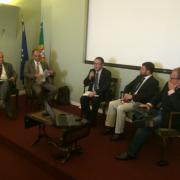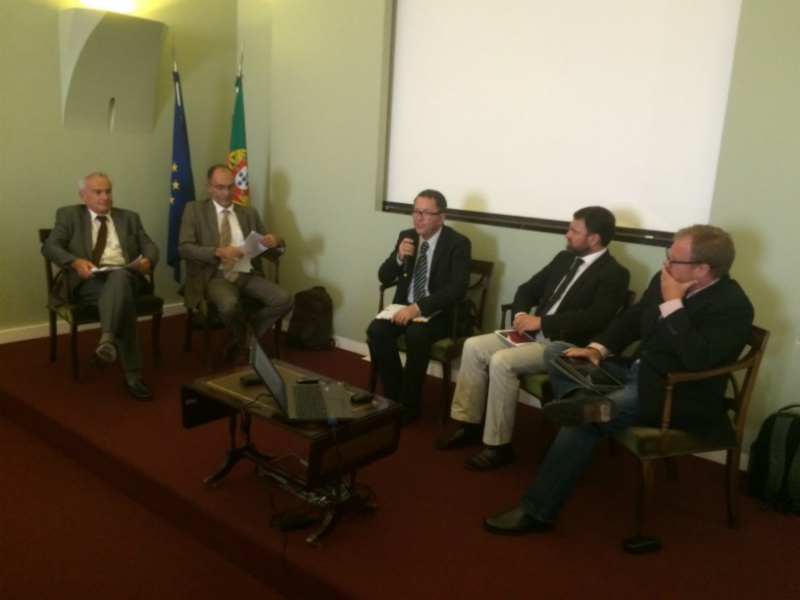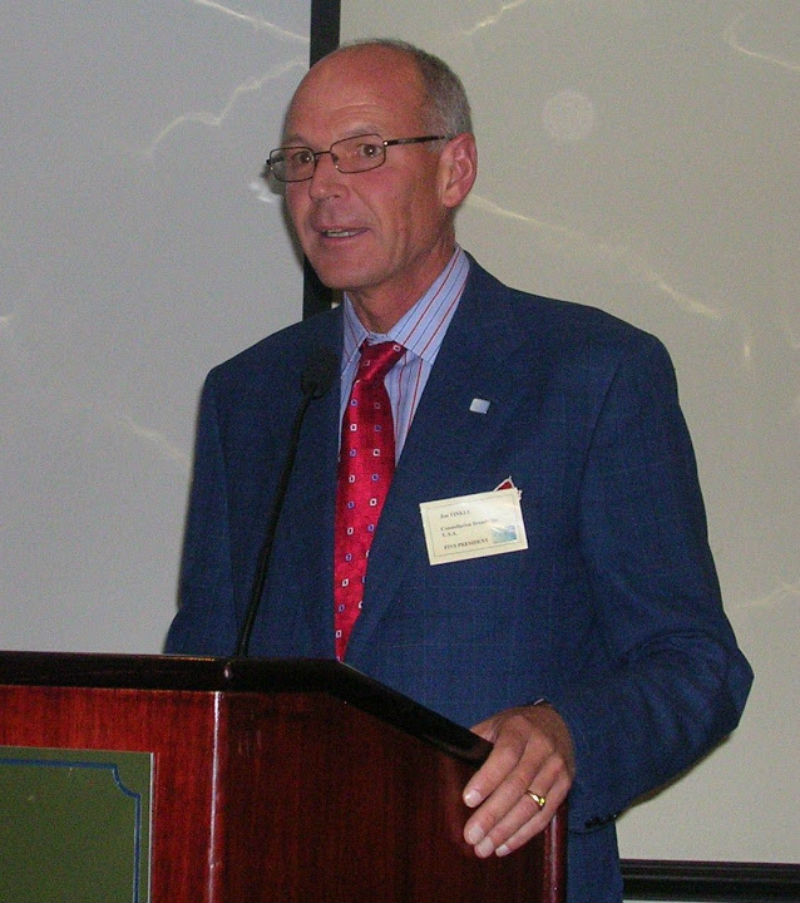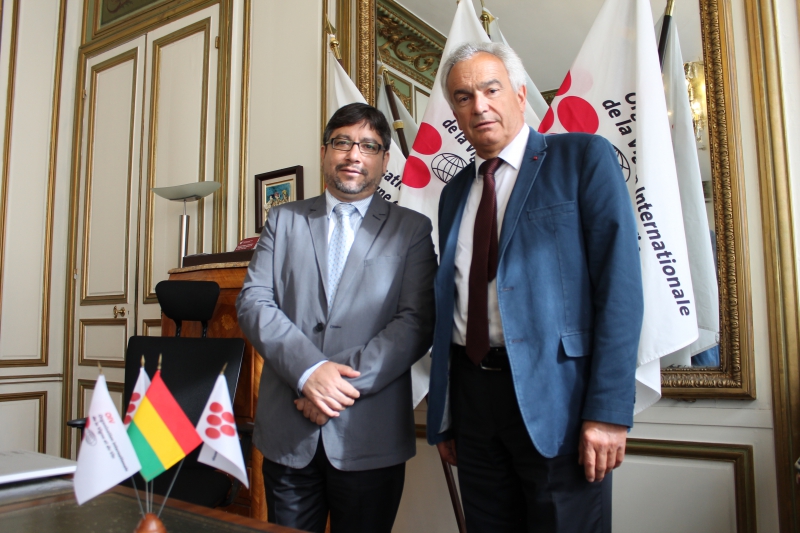
The work that brought together international marketing and communication experts alongside producers and wineries from Porto was followed by tasting sessions.
A symposium on the role of Port wine and Douro wines in the local economy extended the discussions to 11 September.
On this occasion, the OIV Director General, Jean-Marie Aurand, spoke up about the place of science and innovation in the wine sector and the role of the OIV in this context.
With nearly 24,000 producers, the Porto region makes the most renowned liqueur wines in the word, shaping the countryside with the characteristic terraces that were recognised on the World Heritage of Humanity list by UNESCO in 2001 as evolving, living cultural landscapes.
The Douro region is spread across 250,000 ha of schist soils, with 44,000 ha of vines producing the Port and Douro designations of origin.
Douro is the oldest delimited and regulated wine region in the world, dating back to 1756. Port wine may be tasted in around 120 countries on all 5 continents. It represents a significant part of the Portuguese vitivinicultural economy.


Former president of the International Federation of Wines and Spirits (FIVS) for almost 17 years, Finkle boosted the Federation to impose its place in the vitivinicole’s industry, particular as an active observer to the OIV and the Codex Alimentarius. The OIV wishes to pay tribute to the memory of a passionate man who has been entirely devoted to the improvement of the world’s vitivinicole industry and would like to extend its deepest sympathies to his family.

James Finkle
James P. Finkle served as the Chairman of the Board of Managers of FIVS-Abridge, a comprehensive interactive online database of regulations and international agreements for the wine industry. He retired as Senior Vice President, External Affairs, for Constellation Brands, Inc. and was a member of the Executive Committee of the Distilled Spirits Council of the United States. Additionally, Mr. Finkle was on the Board of Directors of the Wine Institute, Wine America, and the Associated New York State Food Processors and assisted the US Department of Agriculture’s Technical Advisory Committee for Trade. He received both his Bachelor of Science Degree and his Master of Science Degree from Cornell University, both degrees in Viticulture and Agricultural Economics.

Bolivia, who was a member of the Organisation from 1993 to 2004, is one of the signatory States to the Agreement of 3 April 2001 but has not yet formally ratified it, partly due to the reforms it has made to its national constitution in recent years.
The Director General of the OIV highlighted the defining features of Bolivian vineyards, namely the "vinos de altura" (wines of altitude) or Singani spirit, which are significant elements of South America's vitivinicultural heritage and should bring the country's vitivinicultural sector to rejoin the global wine community within makes up the OIV.
H.E. Mr Guevara Ávila indicated that the accession procedure is underway and that he hopes that it would be completed by the end of the year 2015.
